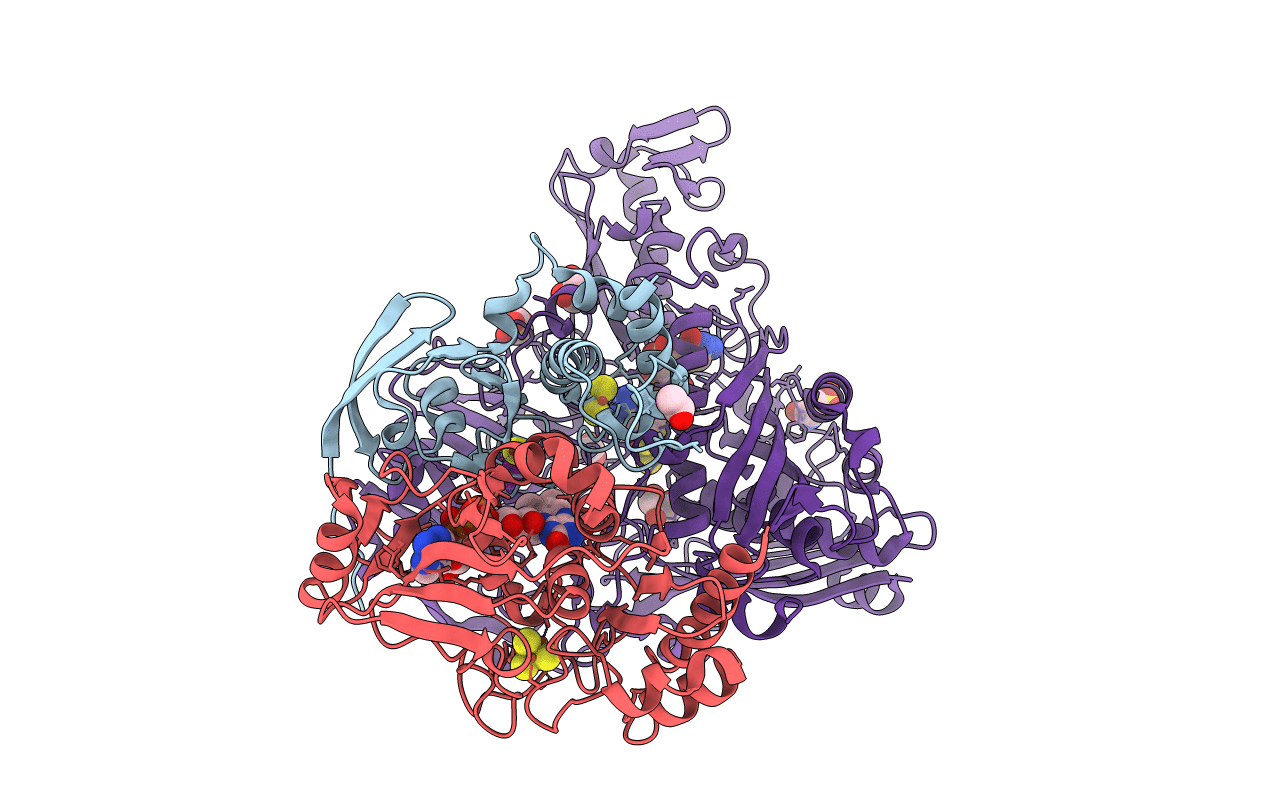
Deposition Date
2016-05-25
Release Date
2016-09-28
Last Version Date
2024-10-23
Entry Detail
PDB ID:
5G5H
Keywords:
Title:
Escherichia coli Periplasmic Aldehyde Oxidase R440H mutant
Biological Source:
Source Organism:
Escherichia coli K-12 (Taxon ID: 83333)
Host Organism:
Method Details:
Experimental Method:
Resolution:
2.30 Å
R-Value Free:
0.21
R-Value Work:
0.16
R-Value Observed:
0.16
Space Group:
C 1 2 1


